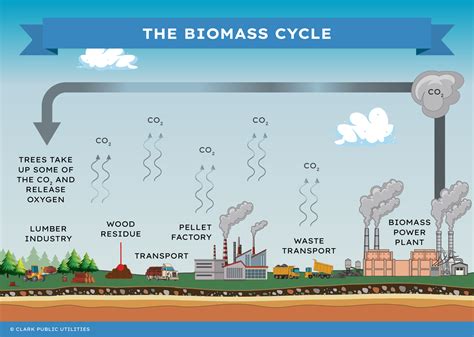How Biomass is Used to Create Energy: A Comprehensive Guide
Biomass energy is a renewable energy source derived from organic matter, offering a sustainable alternative to fossil fuels. Understanding how biomass is converted into usable energy is key to appreciating its role in a cleaner energy future. This guide explores the various methods employed, highlighting their advantages and limitations.
What is Biomass?
Before delving into energy production, let's define biomass. Biomass refers to any organic matter derived from plants or animals. This includes wood, crops, agricultural residues (like corn stalks and rice husks), seaweed, and even animal waste. The key characteristic is its carbon-based composition, making it a potential fuel source.
Methods of Biomass Energy Generation
Several methods harness the energy stored within biomass. These methods differ in their efficiency and the type of biomass they utilize.
1. Direct Combustion: The Simplest Approach
Direct combustion is the most straightforward method. Biomass is burned directly to produce heat, which can then be used for various purposes:
- Electricity Generation: Heat from burning biomass boils water, creating steam that drives turbines to generate electricity. This is commonly seen in biomass power plants.
- Heating and Cooking: In many developing countries, biomass is directly burned for cooking and heating homes. This is a traditional method, although often inefficient and contributing to air pollution.
Advantages: Relatively simple technology, readily adaptable to existing infrastructure.
Disadvantages: Can produce significant air pollution if not properly managed, relatively low efficiency compared to other methods.
2. Gasification: Converting Biomass into Syngas
Gasification is a thermochemical process where biomass is partially oxidized at high temperatures in the absence of sufficient oxygen. This produces a combustible gas mixture known as syngas (synthesis gas), primarily composed of carbon monoxide and hydrogen. Syngas can then be:
- Used for Electricity Generation: Syngas is burned in a gas turbine or internal combustion engine to generate electricity.
- Converted to Biofuels: Through further processing, syngas can be converted into liquid biofuels like methanol or ethanol.
Advantages: Higher efficiency than direct combustion, cleaner burning than direct combustion, potential for liquid biofuel production.
Disadvantages: More complex technology, requires higher temperatures and pressures.
3. Pyrolysis: Thermal Decomposition for Bio-oil and Char
Pyrolysis involves heating biomass in the absence of oxygen. This breaks down the biomass into three main products:
- Bio-oil: A liquid fuel that can be used directly or upgraded to improve its properties.
- Char: A solid residue rich in carbon, which can be used as a fuel or soil amendment.
- Syngas: Similar to the gasification process, pyrolysis also produces syngas.
Advantages: Versatile process producing multiple valuable products, potential for biofuel production.
Disadvantages: Complex technology requiring precise temperature control, lower energy efficiency compared to gasification.
4. Anaerobic Digestion: Biogas Production
Anaerobic digestion is a biological process where microorganisms break down organic matter in the absence of oxygen. This process produces biogas, primarily composed of methane and carbon dioxide. Biogas can be:
- Used for Electricity Generation: Biogas is burned to generate electricity in internal combustion engines or gas turbines.
- Used for Heating: Biogas can be used directly for heating purposes.
Advantages: Utilizes organic waste, reduces landfill waste, produces a renewable fuel source.
Disadvantages: Requires specialized infrastructure, slower process compared to combustion or gasification.
The Future of Biomass Energy
Biomass energy offers a significant contribution to a sustainable energy mix. Ongoing research focuses on improving efficiency, reducing environmental impact (especially air pollution), and developing more cost-effective technologies. The future likely involves integrating biomass with other renewable energy sources for a truly robust and sustainable energy system. Further advancements in biofuel production from biomass will also play a crucial role in decarbonizing the transportation sector.
By understanding the various methods of biomass energy generation, we can better appreciate its potential to address our growing energy needs while striving for a more environmentally responsible future.
